Latin name: Mimosa pudica
Category: perennial herb or low shrub
Origin: South America
Mimosa bashful - "the princess and the pea"
There is a so-called "princess and a pea" in the universe, a creator from nature, delicate and vulnerable, the breath of a slight breeze causes the leaves to curl up.
This is a very peculiar bewitching plant.
A plant belonging to the legume genus cannot stand the influence of the outside world, processes in nature that irritate it.
Amateur flower growers should take this into account, as a shy mimosa does not like to touch the leaves.
Mimosa bashful perennial herbaceous plant or undersized shrub grows all over the planet in the form of an ornamental, greenhouse and indoor. The bush is poisonous, causes intoxication of animals.
South America - the birthplace of bashful mimosa, grows as an evergreen shrub. More than 500 varieties belong to the plant genus. Shrub grows everywhere in areas of tropical and subtropical climate. A shrub grows, being in natural conditions, more than two meters high with a straight trunk, similar to a small tree, uniformly pubescent.
It is possible to grow a bashful mimosa at home. The plant grows up to 60 cm. Curved spines grow on the stems.
The plant has small fluffy flowers, lilac, and maybe pink, growing at the ends of the branches.
Pollination of flowers occurs with the help of insects and breeze. The fruit is presented in the form of a bean growing in a pod. Shy mimosa has leaves that can move when night falls, the leaves flatten, and the petioles lean down.
The plant does not withstand the accumulation of tobacco smoke in the room, leaves are shedding.
Shy mimosa's inherent toxicity, in connection with this trait, should be placed - limiting the admission of children and animals to it.
The plant is grown here as an annual, when a cold appears, the flower loses its leaves, and dies at a very low temperature.
Growing in the area where it comes from, bashful mimosa is used as a medicinal plant. The leaves have the ability to heal sore throats, wounds, cuts, as they are a bactericidal agent. Infusions from the root treat dysentery, toothache, lower the temperature, it also helps to speed up childbirth.
The fragile appearance and fragility of bashful mimosa are external indicators. In fact, the plant is unpretentious, does not require complex care.
It is important that there is a warm environment for the well-being of bashful mimosa.
In a subtropical climate, the plant is cultivated under open ground conditions. It is possible to grow a shy mimosa in a greenhouse, greenhouses.
Growing conditions
Bashful mimosa should be provided with proper bright lighting. Its deficiency creates uncomfortable conditions for flowering and contributes to the stretching of the flower. For mimosa, the best place to grow is on the windowsill; for interior decoration, we put it in rooms with large windows. It is necessary to create intense fragmented lighting as much as possible, maintaining this mode throughout the year. In winter, for the comfort of the plant, we transfer it to windows with bright light.
Growing temperature
The most suitable for the growth of mimosa is the observance of the temperature regime - 20-24 ℃. An adult plant withstands a slight drop in temperature, and young plants die.
Lighting
Mimosa tolerates the sun's rays perfectly. Grows well in bright, light rooms. Drought is not harmful to the plant, but during the growing season it is necessary to water regularly, as well as spray the leaves. During the period of cold weather, the soil cannot be waterlogged, but watering should be done in a timely manner.
Top dressing and soil
Minerals should be added to the soil, once every two weeks, during the flowering period of bashful mimosa. It is advisable to transfer a plant growing in pots to fresh air in warm weather.
The soil should be loose and well-drained. The most suitable soil composition is sand, peat and sod. With the help of expanded clay and large pebbles, drainage is done.
For top dressing, when the growing season, use a variety of nutrients once every two weeks to grow flowering houseplants. Less concentrated composition - reduced by half.
Transfer
Shy mimosa is more often grown by flower growers as an annual crop. A transplant should be done if the flower is planted in a small flowerpot; when transplanting, you should be careful not to damage the soil lump.
For decoration and decoration of the necessary places, pruning of bush varieties is done.
Reproduction
The vegetative propagation method is used to propagate shrubs. Mimosa, using the method of grafting, should be selected by half of the pulled stems. Reproduction should be carried out in the spring or in the summer.
It is much easier to grow a bashful mimosa - from seeds. In February or March, the seeds are disinfected with hot water, or you can put them in warm water. Then they are planted in moist soil, adding sand, peat, foliage, and turf to it in equal parts. The containers are covered and placed in a warm and hidden place from lighting. Then, when the sprouts sprout, they are planted in separate pots, and placed in a bright place.
It is very important to maintain at least 70% humidity.
An easy way to achieve this is to spray near the leaves. It is also possible to increase the air by placing a vessel with water next to the mimosa. You can install the flowerpot in the pan by putting wet expanded clay in it, the bottom of the flowerpot should not be in the water.
Watering, from spring to October, should be done once every two days. Watering should be done moderately, so that the water does not stand in the flowerpot. Be sure to put drainage in the pot, and also there must be holes in the flowerpot, with this method the water will not accumulate. When winter comes, water less often.
The drying of the soil is detrimental to the bashful mimosa. The top layer of the earth should be loosened, as a result of which a crust will not form.
Pests and diseases
Mimosa can be susceptible to pests: whitefly, aphids, spider mites. Let us consider further the sabotage of these insects in detail.
The sucking pest aphid accumulates at the bottom of the leaves. When it is a little, you can get rid of it by sprinkling the leaves with soapy water. But when there are a lot of aphids, it is necessary to apply the chemicals "Fitoverm", "Agravertin", by spraying.
The spider mite weaves a web from the bottom of the leaves, and dots appear on them. To help the plant in the fight against the destruction of the tick will help soapy water with a small amount of alcohol. In the event that this method did not bring the desired result, the Actellik tool is used.
An indicator for the appearance of a whitefly is the presence of transparent scales on the back of the leaves. Leaves become sticky and lose color. To destroy the pest, mimosa is treated with a solution of soapy water, and then with tobacco tincture. In case of more serious damage, spray "Actava".
Difficult Growing Moments
- Leaves are falling - not watered in a timely manner.
- The leaves turn yellow - the soil is over-moistened.
- Loss of elasticity of the stems and stretching of the plant - lack of lighting.
- Mimosa bashful does not bloom - low temperature, lack of lighting.
- The leaves curl up - the presence of mechanical irritants - drafts, curtains, pets.
You must first consider, before growing a shy mimosa, you have enough free time to care for her. After all, a sensitive flower requires a lot of participation for its elegant appearance. But she deserves it, because she will bring you satisfaction with a beautiful cheerful look.
The shy mimosa will bring a lot of pleasure to its owner and guests, thanks to its unusual and exotic look, with proper care for it. Good luck growing!















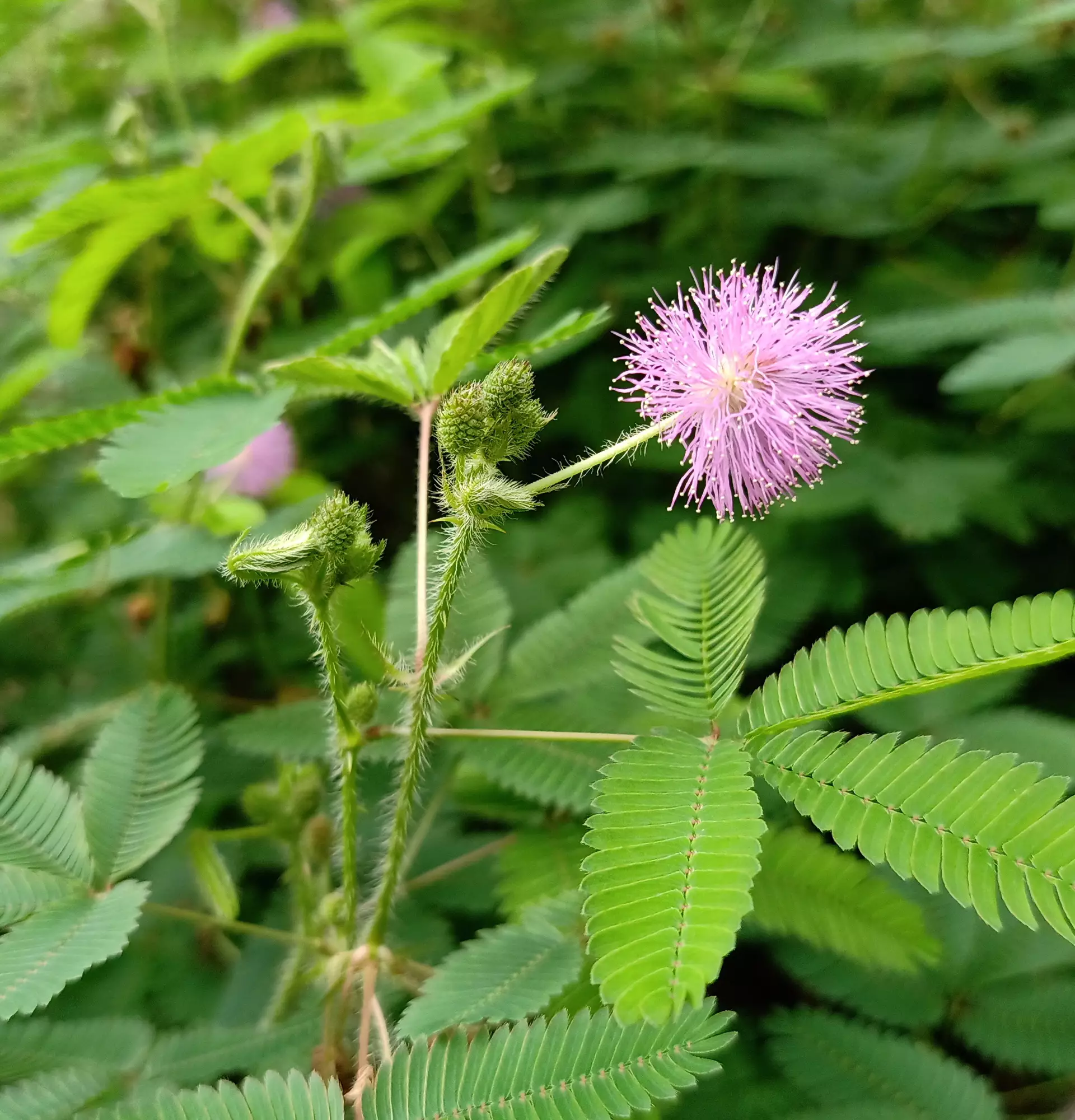
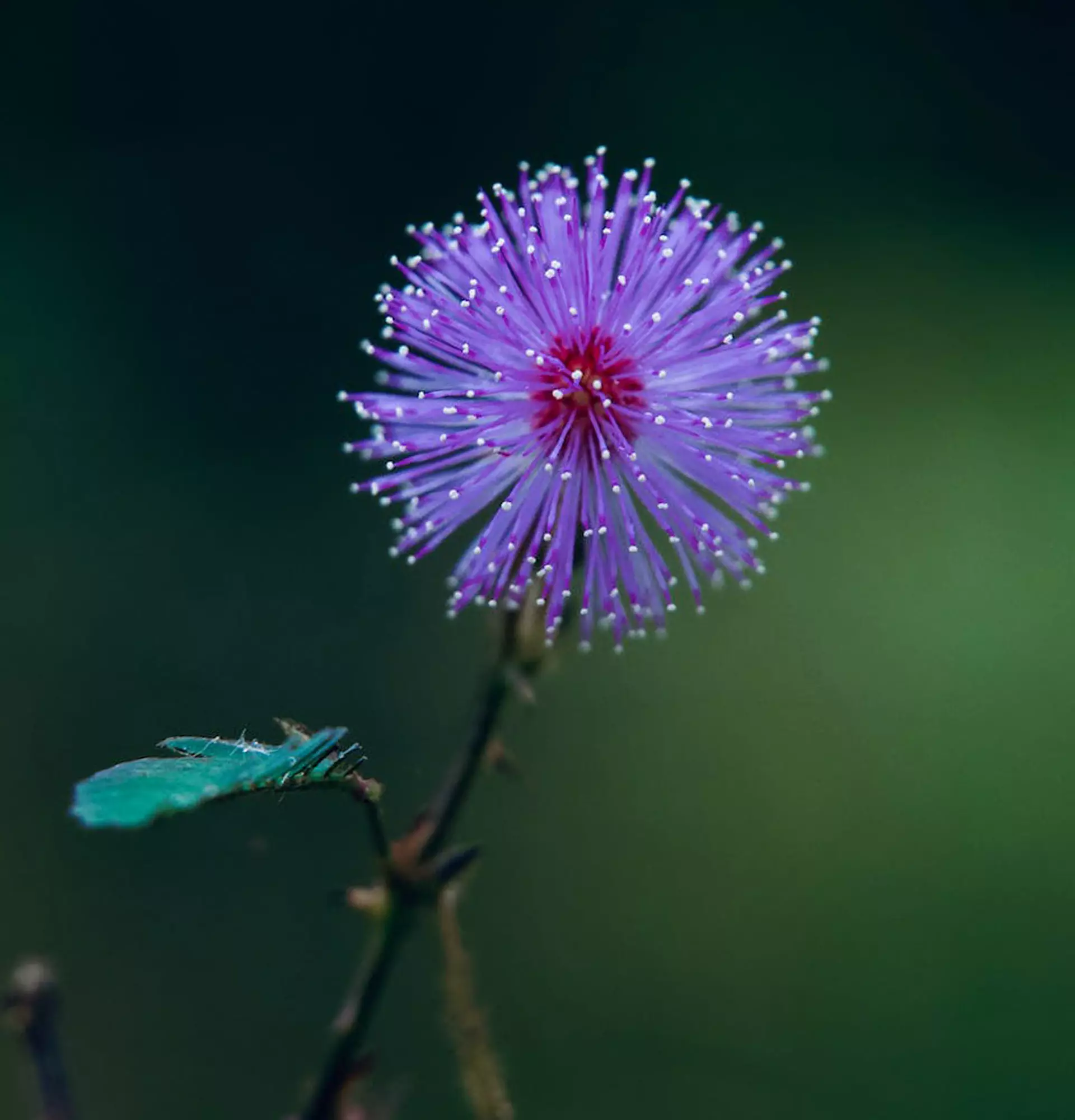
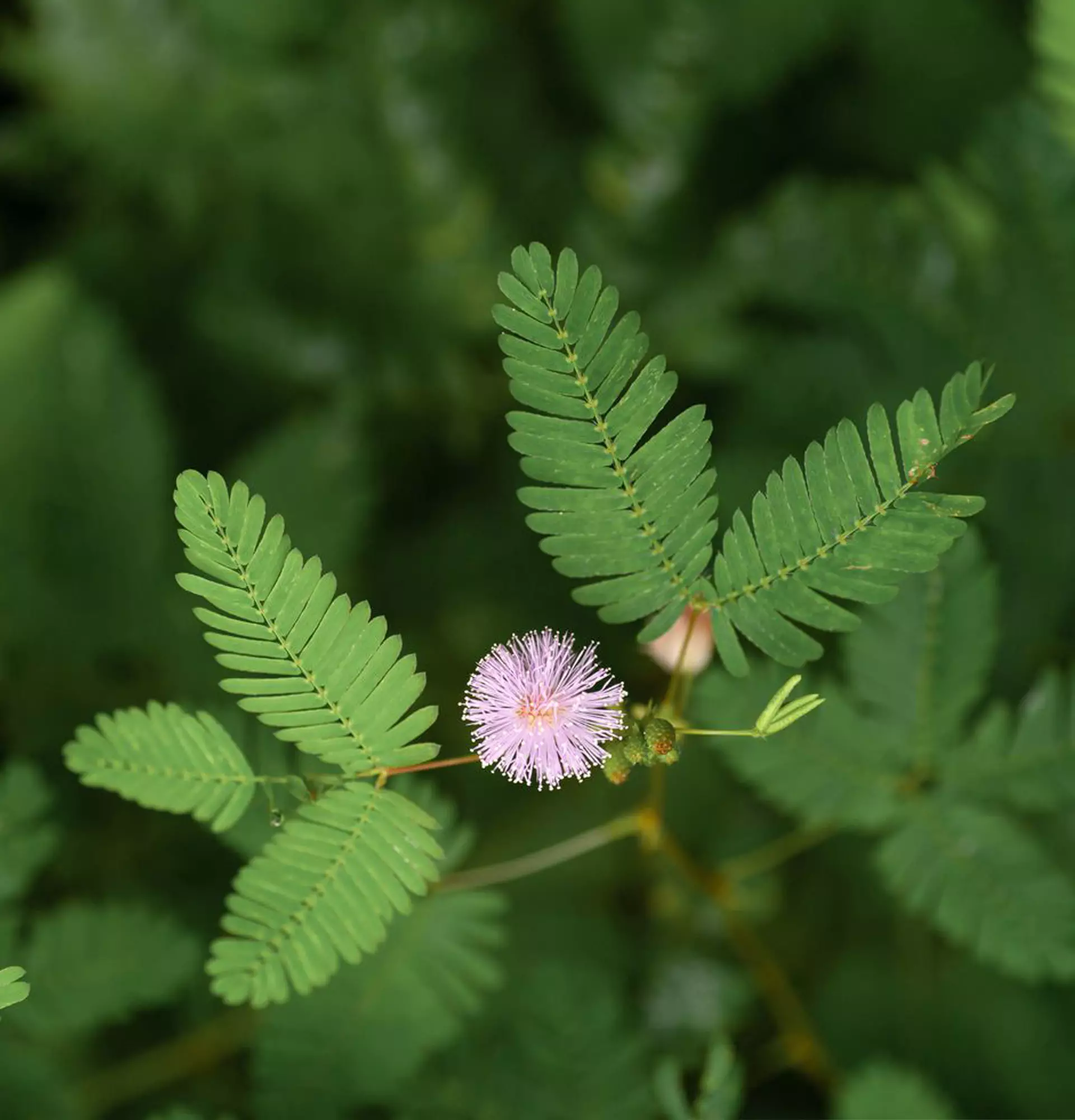
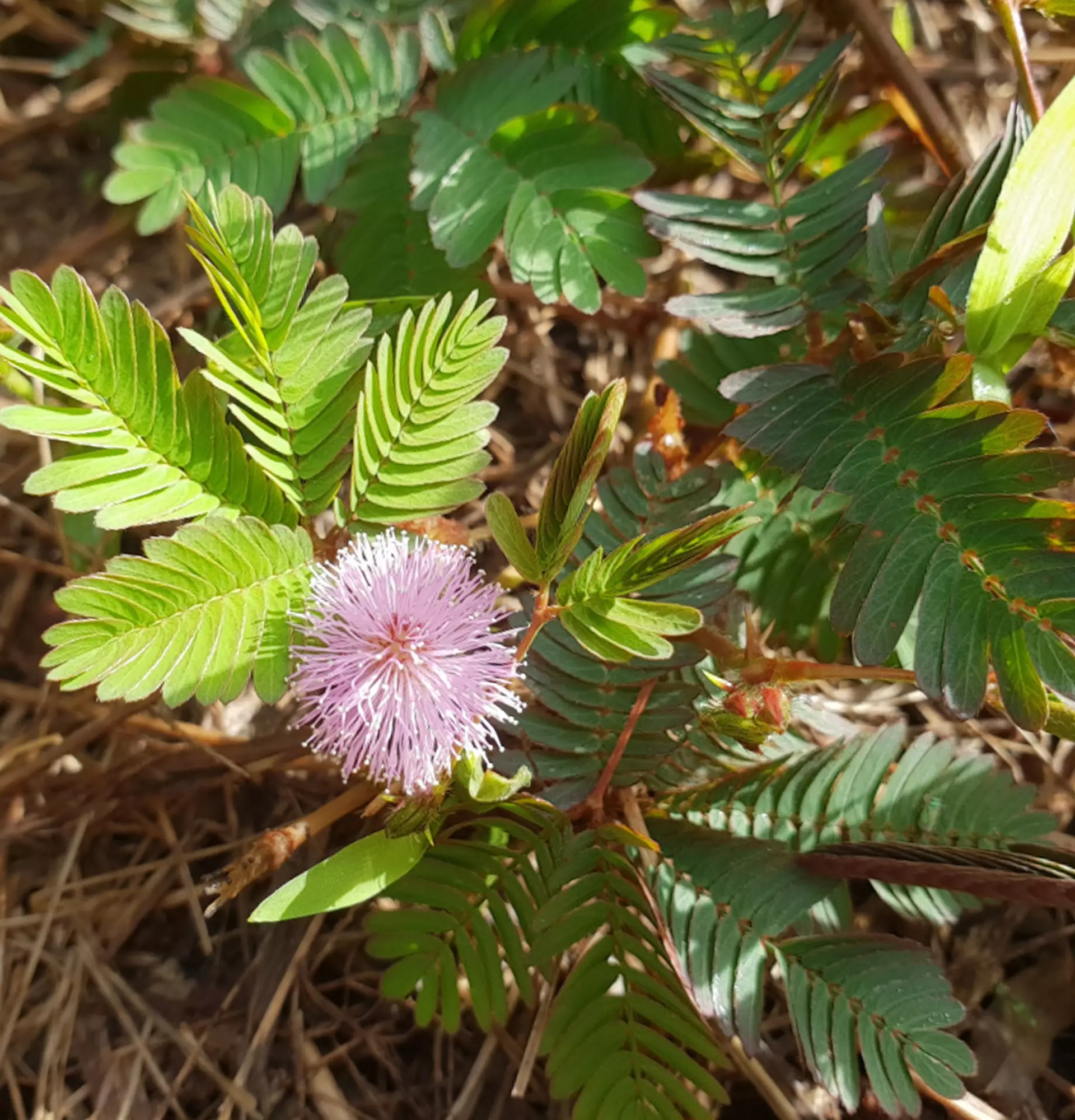

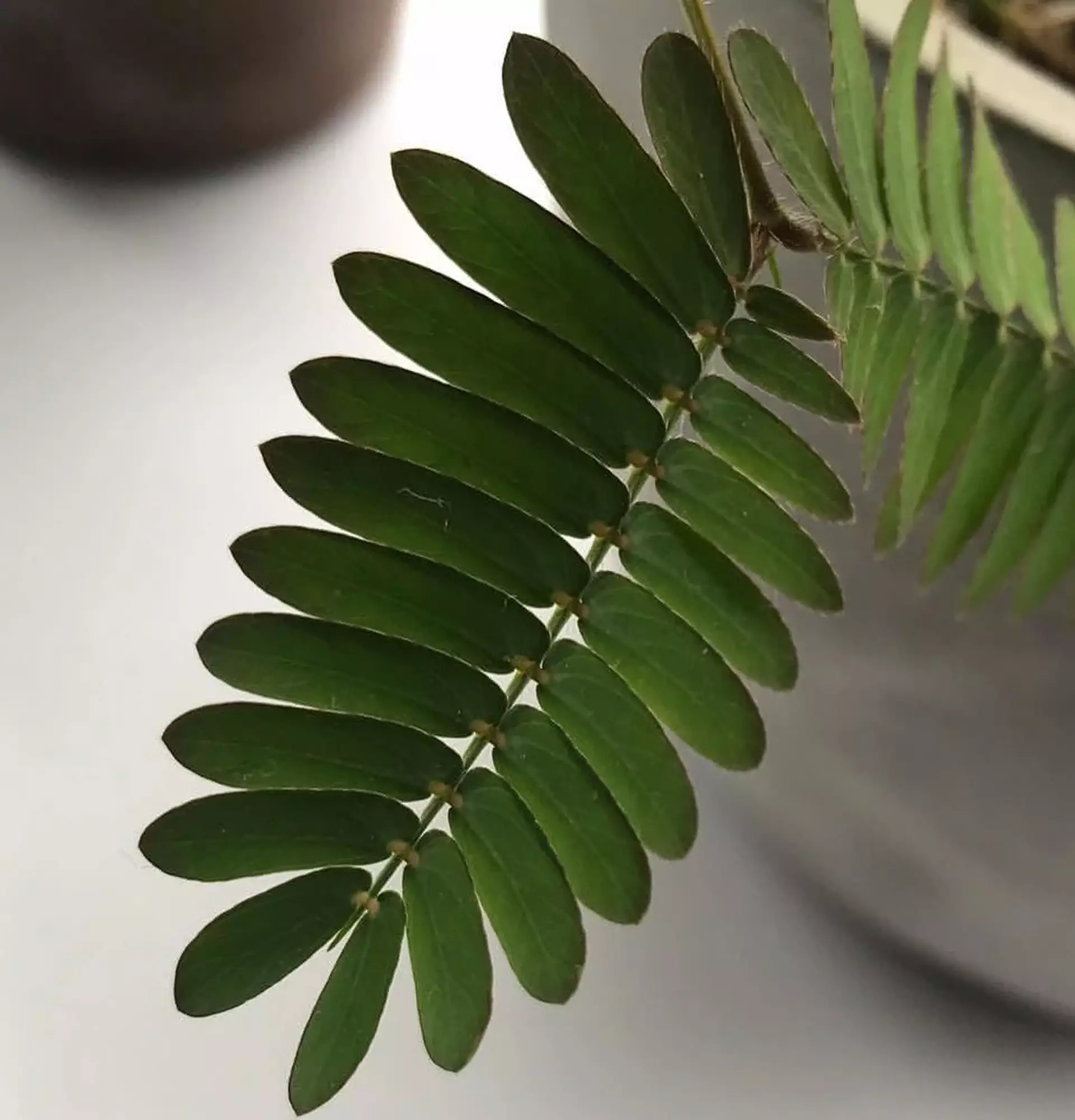
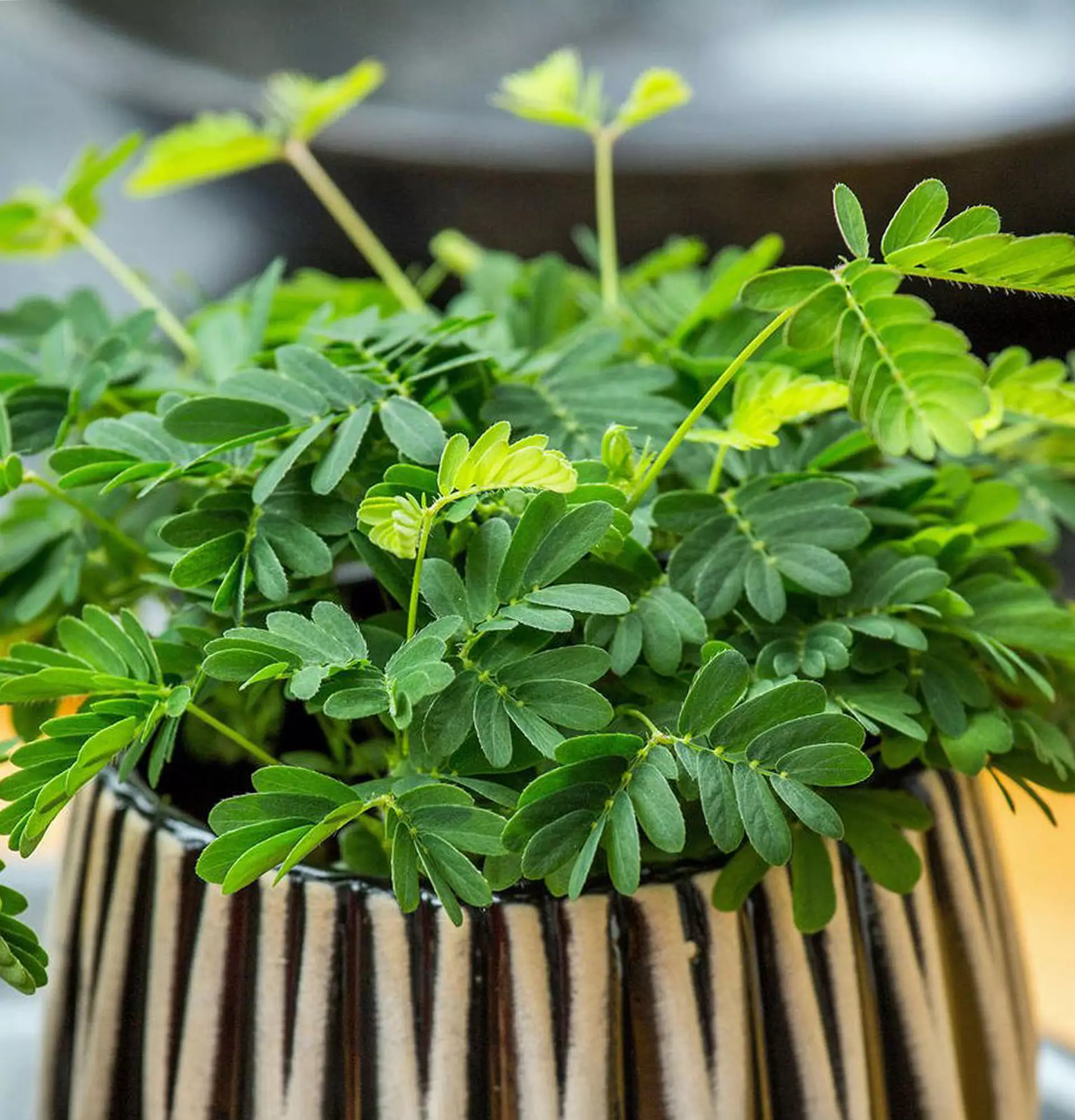
Write comments
Comments